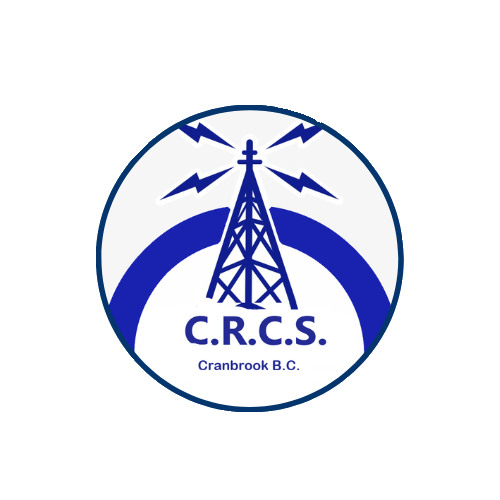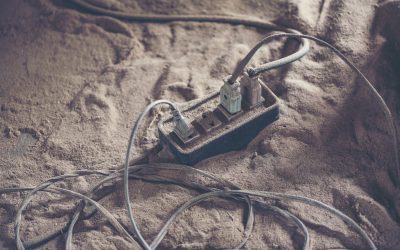Running a portable HF station in the backcountry can be one of the most rewarding aspects of amateur radio. Whether you’re activating a park for POTA (Parks on the Air), summiting a peak for SOTA (Summits on the Air), or just enjoying the great outdoors, setting up a reliable portable HF station brings both challenges and excitement. In this guide, we explore how to prepare, set up, and operate a portable HF station effectively when you’re far from civilization.
Why Choose a Portable HF Station?
HF (High Frequency) bands offer long-distance communication, even with modest setups. A portable HF station allows you to make global contacts from remote locations, ideal for contesting, emergency comms, or casual rag-chewing. When cell towers are out of reach, a well-equipped HF station can become your lifeline.
Key Considerations Before You Go
- Know Your Purpose
Are you going to operate SSB, CW, or digital modes? Will you need to log QSOs for awards like POTA or SOTA? Your operating goals will help determine what gear you take. - Weight vs. Performance
In backcountry settings, every ounce matters. Choose equipment that balances performance with portability. A 100-watt base station may sound nice, but a compact QRP rig might make more sense on a multi-day hike. - Power Planning
Battery life is the heartbeat of your portable HF station. Calculate your power needs based on mode and output. SSB draws more current than CW or digital. Pair your radio with LiFePO4 batteries or lightweight solar panels to ensure sustained operation.
Essential Gear for a Portable HF Station
- HF Transceiver – Popular choices include the Yaesu FT-817/818, Elecraft KX2/KX3, and Icom IC-705.
- Antenna System – Lightweight, wire-based antennas are ideal. End-fed half waves (EFHW), dipoles, or verticals like the Buddistick are excellent portable solutions.
- Power Source – Choose batteries (LiFePO4 preferred) with enough amp-hours. Consider folding solar panels if staying out long.
- Antenna Tuner – An external or built-in tuner helps with mismatched antennas, especially if you’re improvising.
- Logging Solution – Whether it’s a rugged paper log, tablet, or logging app, make sure you can document QSOs easily.
- Support Gear – Coax, stakes, guy lines, paracord, mast, and multi-tools are often overlooked but vital.
Site Selection and Setup
- Choose High Ground
Elevation improves your line of sight and overall signal performance. Scout out ridgelines, clearings, or peaks. - Antenna Placement
Your antenna’s performance depends heavily on how and where it’s deployed. Stretch wire antennas between trees or use a telescopic mast. Keep feed lines short to reduce loss. - Noise Considerations
Rural and backcountry locations typically have low RF noise, making them ideal for HF operation. Still, avoid campsites near power lines, cabins, or sources of potential interference. - Secure Your Station
Weather and wildlife can wreak havoc. Keep gear off damp ground, and use waterproof containers or dry bags. Tie down antennas and cables to prevent tripping hazards or gear shifts in wind.
Operating Tips for Portable HF Use
- Use Efficient Modes – CW and digital modes like FT8 are great for low power. SSB may require more power and a stronger signal.
- Time Your Operation – Know the best bands for different times. 20m and 40m are solid choices for daytime and early evening, while 80m can shine at night.
- Work the Bands Smart – Scan the band before calling CQ. Use spotting tools if you have access to APRS or limited data (some use mobile hotspots briefly for POTA spots).
- Keep Logs Accurate – Accurate logging is essential, especially for award programs. Note time, date, band, and callsign clearly.
- Practice Good Etiquette – Give signal reports, use clear phonetics, and keep your exchanges brief during pileups.
Power Management in the Field
- Estimate Consumption
Know your radio’s amp draw at receive and transmit. Multiply this by expected operating time to calculate battery requirements. - Charge Smart
Use MPPT solar controllers with your panels for efficient charging. Monitor voltage levels and protect batteries from deep discharge. - Spare Power Options
Carry spare power banks or even a small hand-crank generator if you’re operating for multiple days.
Safety Considerations
- Weather Awareness – Always check the forecast. Sudden rain or storms can threaten your gear and safety.
- Emergency Comms – If operating solo, carry an emergency beacon, satellite communicator, or APRS-based tracker.
- Hydration & Nutrition – Don’t let your focus on gear distract from your own needs. Keep hydrated and fueled.
- Wildlife Safety – Secure food and gear to avoid attracting animals.
Document and Share Your Experience Capture photos and notes from your activation. Many POTA/SOTA operators publish trip reports that benefit other hams. Share your successes—and failures—to build knowledge across the amateur radio community.
Why It’s Worth the Effort
Running a portable HF station in the backcountry isn’t just about making QSOs. It’s about combining skills: radio operation, wilderness navigation, power management, and improvisation. It challenges you to adapt, plan ahead, and make contact against the odds.
A well-prepared portable HF station can unlock incredible experiences in the field. With smart planning, efficient gear, and some operating know-how, you’ll be ready to work the world from the wilderness. Whether you’re logging contacts for an award or enjoying the peace and quiet between QSOs, the backcountry is a radio operator’s paradise.




